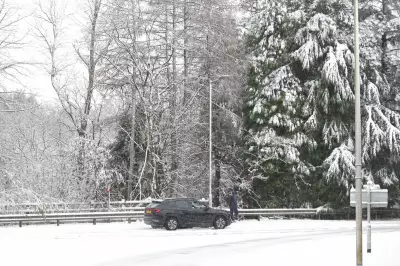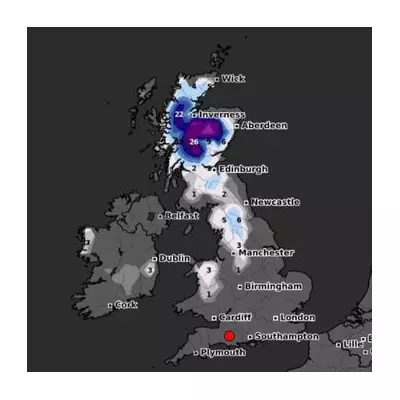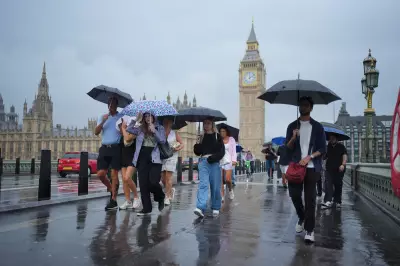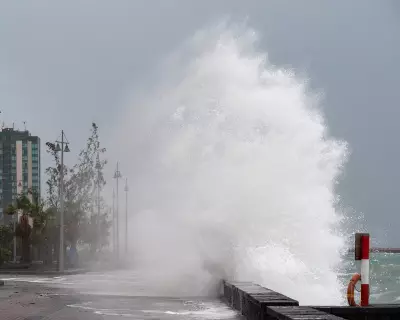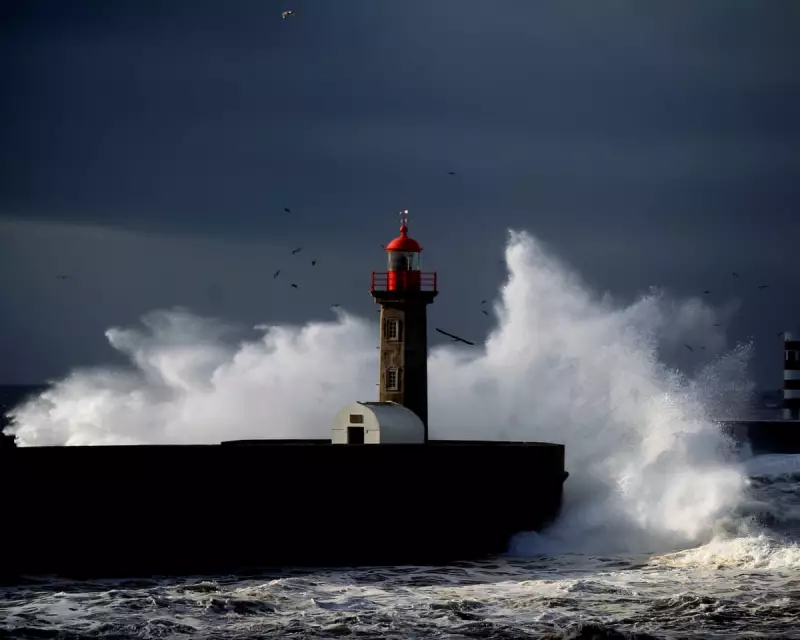
Have you ever wondered how storms like Claudia get their names while your personal suggestions get rejected? The process behind naming UK weather systems reveals a fascinating blend of international cooperation, public safety strategy, and bureaucratic rules that might surprise you.
The Personal Quest to Name Storms
Guardian columnist Zoe Williams has attempted approximately one hundred times to get her storm name suggestions accepted by the Met Office, including repeatedly submitting her children's names. Despite her persistent efforts, she's had absolutely no success in getting any of her personal choices approved.
Somewhat ironically, while Williams' suggestions for family names were rejected, both 'Wubbo' and 'Dave' have managed to secure spots on official storm naming lists. 'Dave' will appear as a winter storm name following 'Chandra' in the rotation, demonstrating that simpler, more common names sometimes prevail over more elaborate suggestions.
The History and Purpose of Storm Naming
The Met Office began naming storms ten years ago this month, starting with Storm Abigail in 2015. This system came nearly thirty years after the UK's most memorable weather event - the devastating 1987 storm famously misforecast by meteorologist Michael Fish.
According to weather authorities, the primary purpose of naming storms is to raise public awareness and help people prepare for dangerous conditions, ultimately saving lives. The practice of anthropomorphizing weather systems makes them more memorable and easier to track across news and weather forecasts.
The UK shares its storm naming system with Ireland and the Netherlands, while other European countries maintain their own naming conventions but will use the UK's name if it's the same weather system crossing borders.
The Rules and Realities of Storm Selection
Storm names follow alphabetical order each season, with Q, U, X, Y, and Z omitted from the rotation because the World Meteorological Organization considers these letters too difficult to find suitable names for.
Recent storm activity highlights how weather impacts vary dramatically by location. Storm Claudia, named by the Spanish meteorological agency rather than after Claudia Winkleman as some speculated, killed a woman in Portugal's Algarve region and caused catastrophic flooding in south Wales, while those outside its path experienced minimal disruption.
As radical geographer Danny Dorling noted about COVID-19, major disasters often create invisible divisions in how people experience the same event. Similarly, if your car ends up underwater during a storm, you're unlikely to appreciate whatever name it carries - you might prefer storms were named after swearwords instead.
Despite the rejection of her numerous suggestions, Williams continues her quest to immortalize friends and family through storm naming, proving that even in meteorology, personal connection to weather events remains powerfully compelling.

